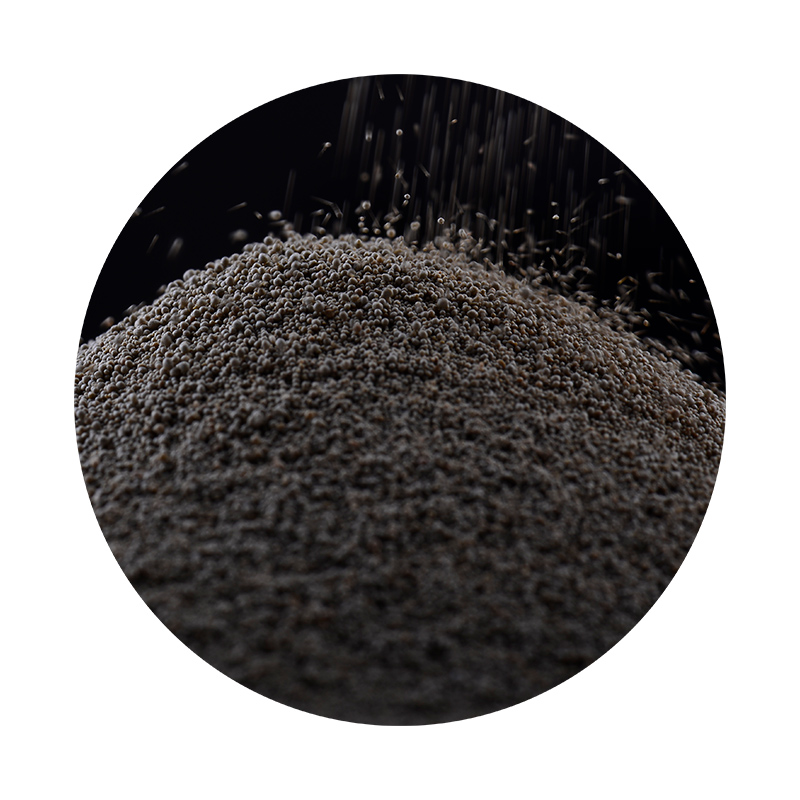Wet Sanding 3D Prints A Guide to Achieving a Smooth Finish
3D printing has revolutionized the way we create prototypes, models, and even end-use products. However, one common issue faced by hobbyists and professionals alike is the rough finish that often accompanies 3D-printed objects. This is particularly true for Fused Deposition Modeling (FDM) prints, which can exhibit visible layer lines and imperfections. Wet sanding is an effective technique that can help achieve a smooth, professional-looking finish on your 3D prints. In this article, we will explore the process of wet sanding, its benefits, and tips for getting the best results.
Understanding Wet Sanding
Wet sanding is a finishing technique that involves using water as a lubricant while sanding a surface. The primary purpose of this method is to reduce the friction between the sandpaper and the print, which helps to minimize dust and prevent clogging of the sandpaper. This technique not only produces a finer finish but also helps to keep the temperature down, reducing the risk of warping the print.
Benefits of Wet Sanding
1. Smoother Finish One of the most significant advantages of wet sanding is the ability to achieve a smoother finish. By using a finer grit sandpaper and working with water, you can eliminate visible layer lines and imperfections more effectively than dry sanding.
2. Reduced Dust Wet sanding helps control dust levels, making it a cleaner alternative to traditional sanding methods. This can be particularly beneficial in a home workshop, where dust can be a nuisance.
3. Longer Lasting Sandpaper The lubrication provided by water prevents clogging of the sandpaper, allowing it to last longer and maintain its effectiveness throughout the sanding process.
4. Improved Control Wet sanding allows for greater control over the sanding process, enabling you to make precise adjustments to the surface without suddenly removing too much material.
The Wet Sanding Process
wet sanding 3d prints

To begin, you will need some basic supplies fine grit sandpaper (typically between 400 to 2000 grit, depending on the desired finish), a spray bottle filled with water, and a smooth cloth for drying. Here’s a step-by-step guide to wet sanding your 3D printed objects
1. Preparation Start by cleaning your 3D print to remove any dust or debris that may have settled on the surface. This step ensures that you aren’t sanding any particles into the print.
2. Wet the Surface Spray a fine mist of water over the area you will be sanding. This helps lubricate the surface and keeps the sandpaper from clogging.
3. Sanding Take a piece of fine grit sandpaper and begin sanding gently in a circular motion or along the grain of the print. Be careful to apply even pressure and avoid staying in one spot for too long to prevent creating low spots.
4. Frequent Rinsing Periodically rinse the sandpaper under running water to remove any buildup of material. This keeps the sandpaper effective and ensures a smoother finish.
5. Drying Once you are satisfied with the smoothness of the surface, wipe off the excess water with a cloth and allow the print to dry completely.
6. Finishing Touches For an even finer finish, consider repeating the process with finer grit sandpaper.
7. Post-Sanding Treatments After wet sanding, some users opt to apply a clear coat or resin to further enhance the finish and provide additional protection.
Conclusion
Wet sanding is a valuable technique for anyone looking to improve the aesthetics of their 3D prints. By following the steps outlined in this guide, you can achieve a professional-looking finish that showcases the quality of your work. Whether you're creating prototypes or artistic models, wet sanding is an essential skill that can greatly enhance the final appearance of your 3D prints. So, gather your materials, and get ready to elevate your 3D printing game with the power of wet sanding!
Post time:11-р сар . 05, 2024 07:05
Next:bauxite sand
